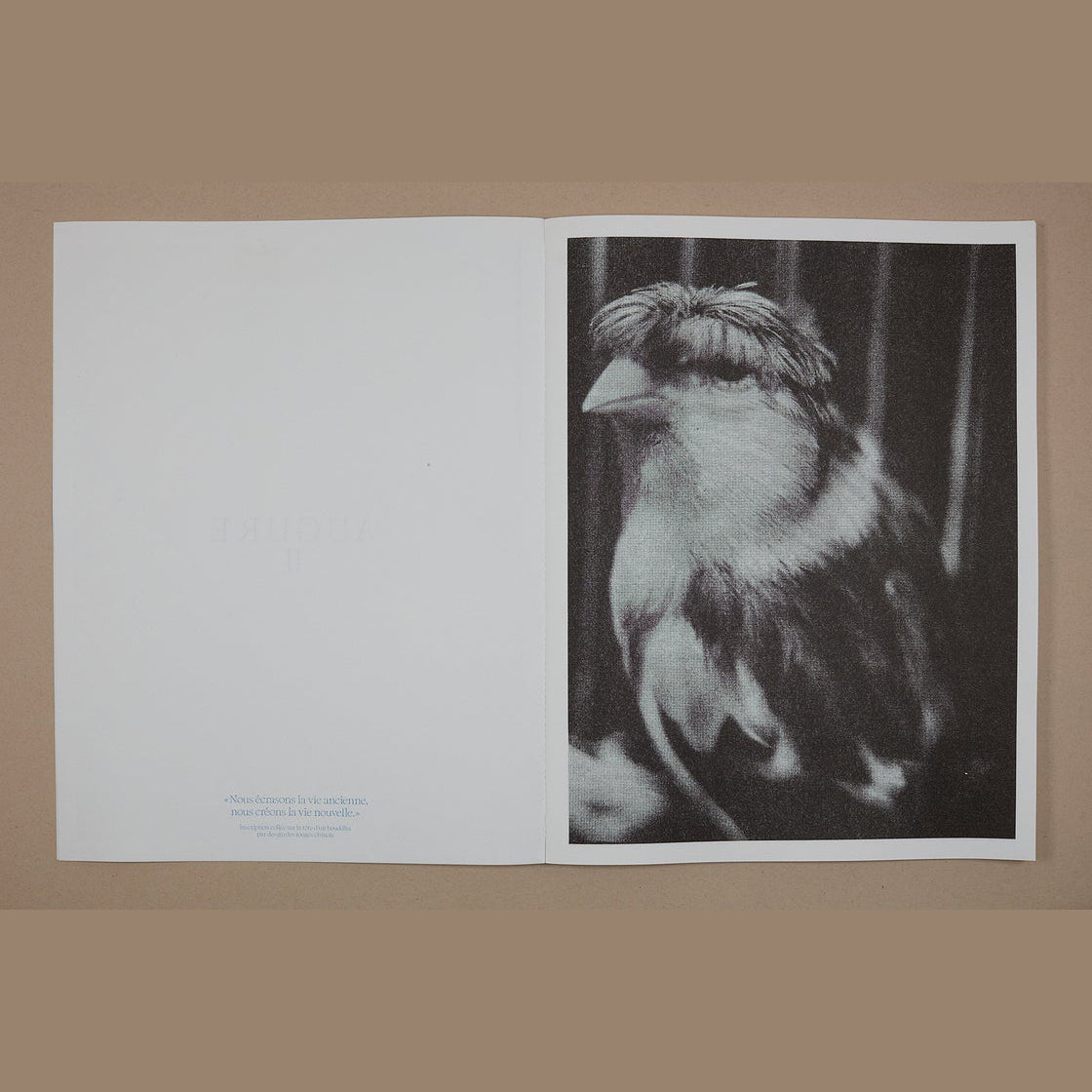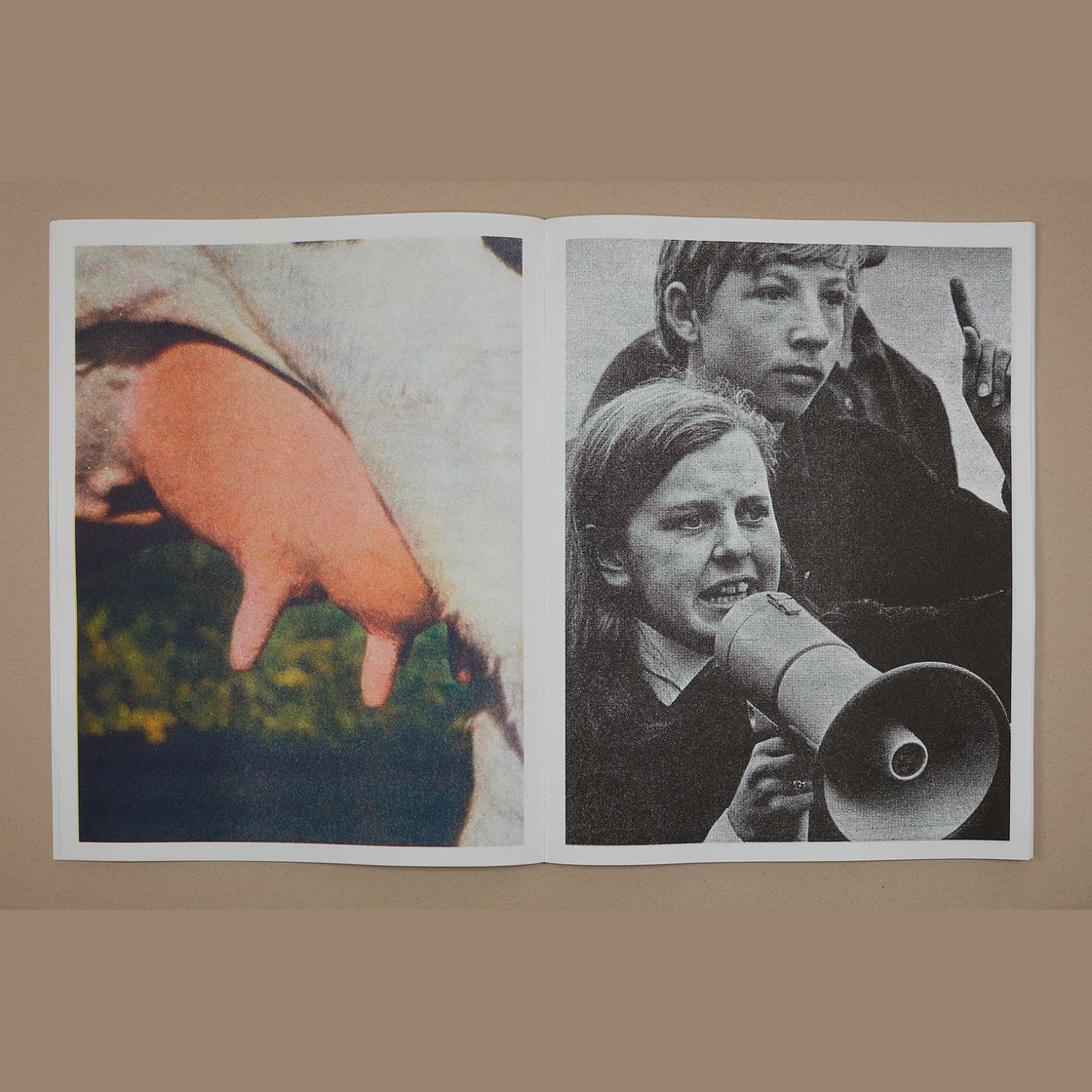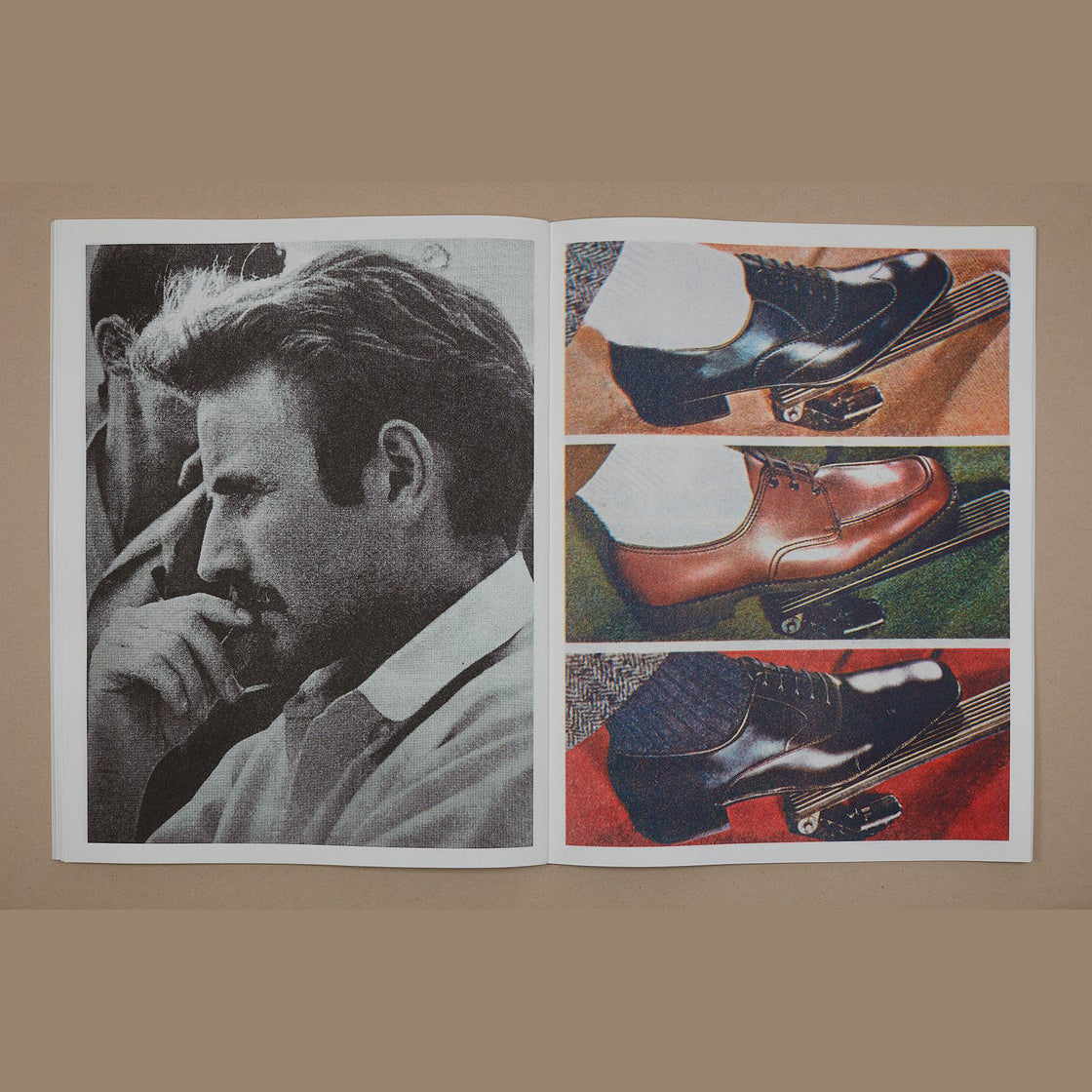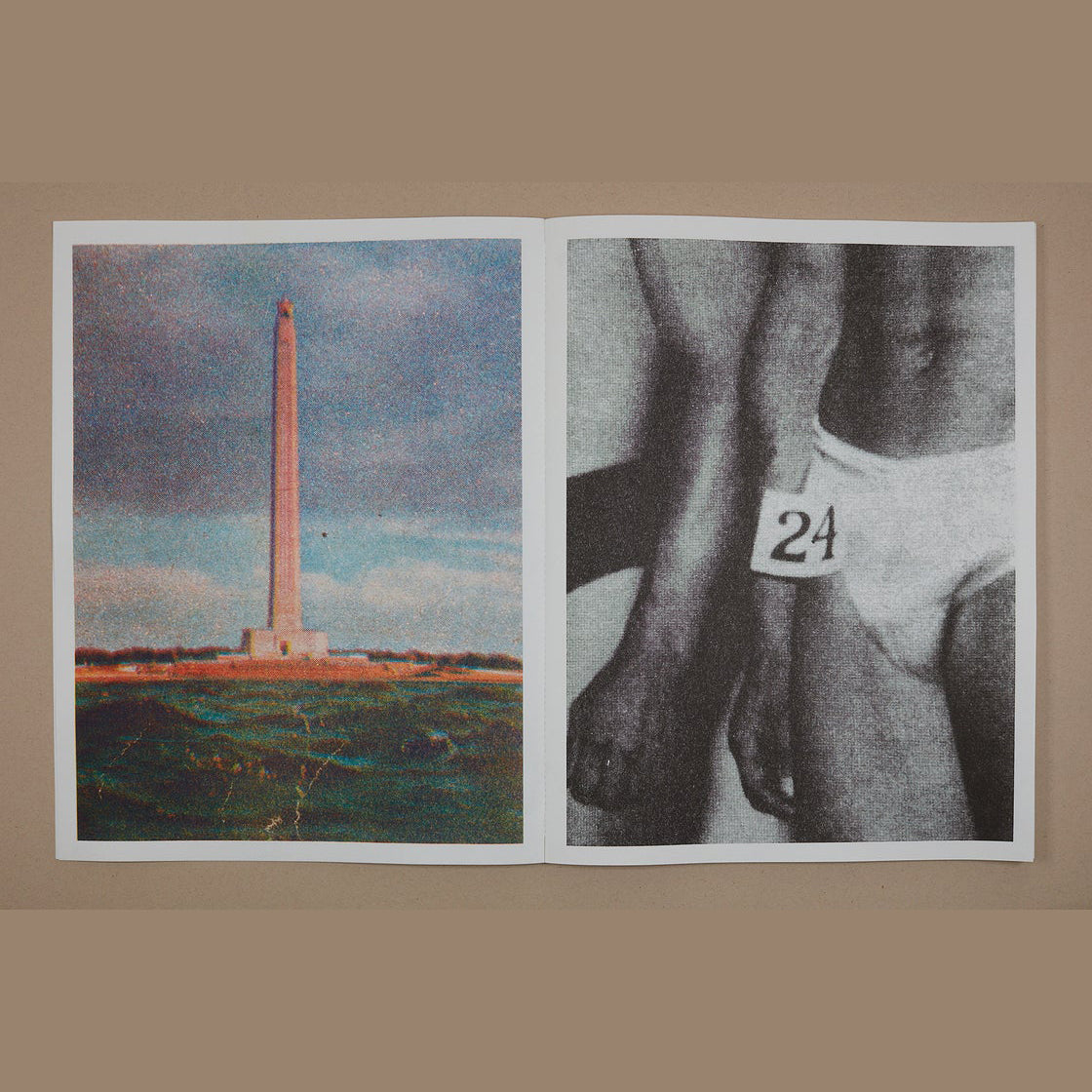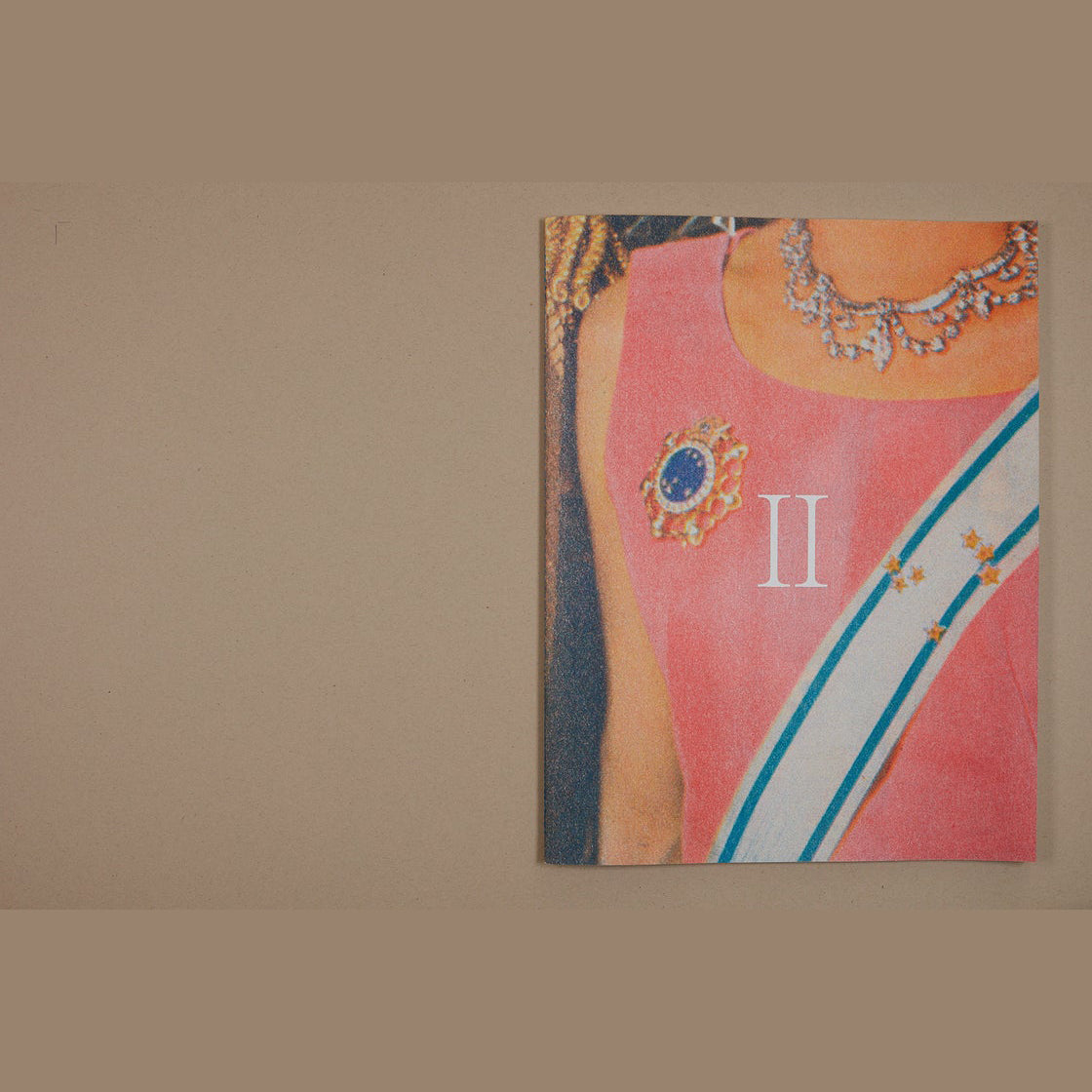Augur II
Augur II
Augure is a visual essay on news photography from the 1960s/70s, made from press clippings from the leading news magazine of the time. The series confronts commercial iconography with that of reporting to offer a reflection on the duplicity of photographic practice and the influence of advertising on our collective imagination.
\n
\nAt a time when French television was still a state monopoly (it would remain so officially until 1982) and when radio and the written press were the dominant media, the weekly press appeared to many photo-reporters as a professional consecration by offering publications in large format and in color. The paper press was nonetheless a godsend for advertisers who saw in this large format and the promise of striking reports a space conducive to advertising.
\n
\nCombining often violent images of conflicts with no less frontal ones of the products and precepts of consumerist society, Augure looks back on an ambiguous and crucial era for the future of photography: the idea of photographic objectivity is fading in favor of the recognition of the photographer-author and the growing presence of advertising shots patiently molds readers into future consumers. In this schizophrenic environment, the stories of major geopolitical episodes (decolonization, Vietnam War, May 68, Prague Spring, etc.) are juxtaposed with the promotion of a DS, an electric razor or a vacuum cleaner, and the faces of political leaders merge with those of movie stars. The boundary between information and communication is diminishing and history is now written from events of which it is difficult to say whether they belong to the register of historical fact, promotional content or anecdote.
\n
\nBy reinterpreting the visual seduction of a bygone era, Augure plays on visual amalgams to suggest the idea that even today, history is less a matter of framing than of editing. A semiotic puzzle, the series can be read - in the manner of Greek and Roman priests - as a game of interpreting signs and symbols extracted from the bowels of the press.
Share
